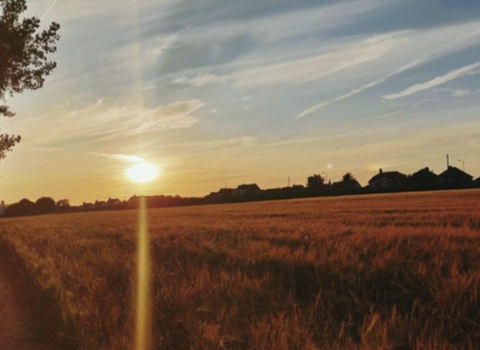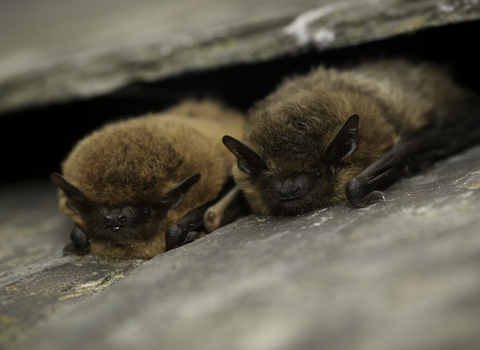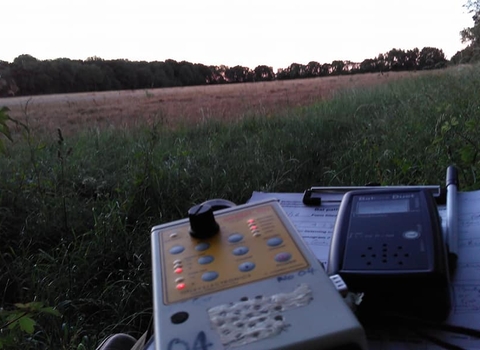Northamptonshire's Pitsford Water was eerily quiet on the hottest day of July; songbirds silenced by the heat, hiding away in the shadiest spots they could find, conserving resources. We feared for the eggs or hatchlings from their second or third clutches - at least water is always close by here, yet the quiet was odd, disturbing.
Compared to fields and parks, greenness remained on the reserve, the root systems of plants so long established seemed able to draw what water there was from the parched earth. The grass, with relatively low footfall and little grazing (just muntjacs and geese) seemed resilient. The trees, most of them more than 50 years old, coped with the conditions.
For the waterbirds, of course, there was a means of cooling their bodies. But what of the other creatures on site? On the night following 'the heatwave' we carried out a bat survey, the third in a series of four monthly surveys. With some static remote monitors in place, the surveys are being carried out to monitor activity levels and species of bats foraging, commuting and potentially roosting at Pitsford Water. By knowing how the bats are using the site we can better ensure that none of the work we carry out on site disturbs them.
Trust workshops officer and Nene Valley Bat Group secretary Juliette Butler, Pitsford reserve officer Mischa Cross, a number of volunteers and I have attended each of the monthly surveys: every session begins just after sunset. On each survey Trust staff and volunteers plus Nene Valley Bat Group members follow a set transect route recording the animals’ activity using bat detectors - these pick up the ultrasonic echolocation calls of the bats as they fly. We record using a Peersonic, which allows more detailed analysis after the survey - each species use different echolocation frequencies which helps identify the species on the reserve.
We heard soprano pipistrelles earlier than before and noticeably there seemed to be many more of them. Bat activity naturally varies night to night so there are two possible reasons for this increase after the heatwave. Firstly, between this survey and the last, young bats would have matured enough to fly with their parents. Given the heat, the second reason is that over previous hot nights the bats had limited their foraging activities, so as temperatures dropped, they were making up for lost eating time.
Anecdotal evidence from other species could support this claim: consider how quiet birds were on the hottest days. They, like bats, must have been especially in need of food as soon as the days were back to normal for July. On the night of the bat survey, we saw a badger out well before sunset and, for the first time in more than a decade, I saw one alive on the side of the road as I drove home.
This bears considering: if there has been a spell of unseasonably hot (or cold) weather, once conditions return to the norm, it's good to put out extra bird food, extra bowls of water, drive with more than usual alertness and have even more consideration for the wild creatures that you see.
As for the bat data, we await analysis of the results to determine what's happening on site - if you’d like to get involved in this or other monitoring activities, contact the Monitoring & Research team EcologyGroups@wildlifebcn.org




